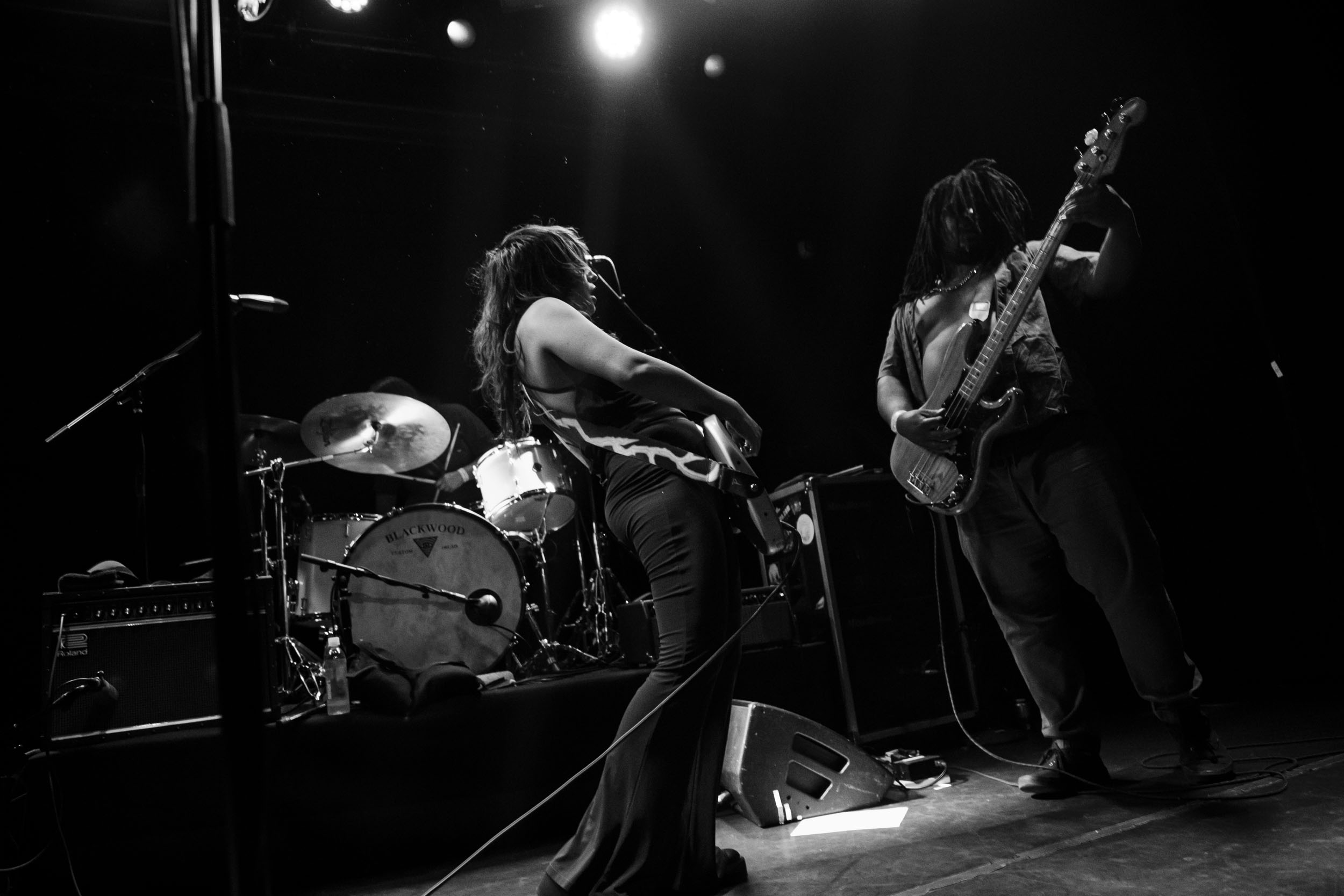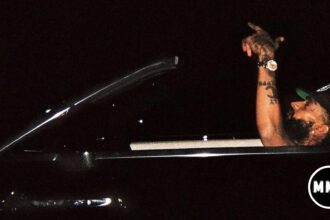 |
 |
Unless they spend time on certain branches of Twitter and TikTok, it’s very possible that the first time anyone heard the phrase “Sad Girl Autumn” was with Taylor Swift’s most recent acoustic re-release of her epic ballad “All Too Well,” which now features up to three parentheticals – “All Too Well (Taylor’s Version) (10-Minute Version) (Sad Girl Autumn Version).”
Those of us who do spend too much time in those special corners of the internet, however, have felt Sad Girl Autumn building for two years as the tongue-in-cheek indie sequel to the cultural phenomenon of Meg Thee Stallion’s “Hot Girl Summer.” It’s been joked about by depressed queer femmes—myself included—for ages, and with the return of concerts after the long lockdown, Sad Girl Autumn is now a reality.
This fall featured tours by almost all of indie rock and folk’s leading women and non-binary artists, and the tears have been flowing. From September to November 2021, I personally attended nearly 20 indie artists’ sets in New York City, including Waxahatchee, Julien Baker, Thao, Soccer Mommy, Squirrel Flower, MUNA, Samia, Savannah Conley, Tomberlin, Japanese Breakfast, Charly Bliss, Lucy Dacus, Palehound, Mannequin Pussy, Sloppy Jane, and Donna Missal.
(To everyone reading, I’m sorry, I didn’t get to see Phoebe Bridgers this time around. I know. I’m upset about it too.)
However, to anyone at these shows, it’s obvious that “sad” is a painfully incomplete descriptor. If anything, joy and rage are equally defining characteristics of the cultural moment.
Or perhaps movement?
For as long as rock music has existed, queer and feminine voices have been dismissed—I recommend taking a look back at Sister Rosetta Tharpe, who deserves most of the credit Chuck Berry gets for everything (Lizzo’s guitarist actually paid her tribute on SNL in 2019). Plenty of great artists have fought back against this over the years, and many have even garnered their well-deserved personal recognition. But overall, they have never been at the center, and queer and feminine fans have always been expected to deprioritize seeing themselves on stage and focus their fandom on artists that don’t speak to some of the core parts of themselves.
That’s where the power of the “Sad Girl Indie” movement comes from: artists having the bravery to share their experiences exactly as they are, and fans having more opportunities than ever to connect on the deepest levels of their identities.
This is why, while to outsiders these artists and their fans may seem incredibly soft-spoken and depressed, there are actually equally huge elements of Sad Girl Autumn that are loud, joyous, and full of righteous fury. When you go to these shows, people aren’t just listening quietly or crying—though that does happen—they’re also dancing and screaming and moshing and kissing. And I believe it’s because these artists are actually creating an empowering sense of community for “sad” people through the individual vulnerability of their music. Fans are seeing themselves not only on stage, but all around them in the audience.
Even at the quietest acoustic shows some of these artists put on, the sadness in the music isn’t defeatist—it’s an act of rebellion and celebration, simply because it is shared.
Moreover, this sense of personal connection and community experience allows people to individually enjoy more layers of the music than just the “sadness.” For example, when Mannequin Pussy (admittedly the most punk band I’ve seen this season – some fans may actually resent calling them an offshoot of Sad Girl Indie) plays their hit “Drunk II” live, the lyric fans scream back at the stage isn’t “everyone says to me, ‘Missy, you’re so strong,’ but what if I don’t wanna be?” The lyric everyone loses their voice on is “I still love you, you stupid fuck!” They can get angry, and they can enjoy it.
Unfortunately, though, outside of this growing community, there is still a disregard for these stories and the complexity of emotion they deliver. The focus is still always how their presentation fits into the cis-het-masculine mold. Even the genre moniker “sad girl indie” that spawned the community declaration of “Sad Girl Autumn” was always meant to be diminutive.
For example, when Phoebe Bridger’s played her epic album finale “I Know the End” on SNL earlier this year, the mainstream dialogue was not about the way the song moves from a quiet grieving ballad to a raucous orchestral rock cacophony. The primary conversation was about how she smashed her guitar at the end of the song, and how gatekeeping older men of rock couldn’t decide whether it was more disappointing that she didn’t smash the guitar harder or more disrespectful of her to smash the instrument in the first place.
Not only that, but there is still progress needed in the way gender is discussed in this cultural moment. For example, there are numerous artists central to the “Sad Girl” music scene that are non-binary and wouldn’t even refer to themselves as “girls,” but are still included in every roundup. In the best cases, it’s because of the similarities of their work, but most often it is simply because mainstream critics and consumers still perceive them as women.
But, in the meantime, at least the community can take solace in its personal success of finding itself and continue to celebrate at the many tours yet to come. Sad Girl Autumn doesn’t end at the winter solstice—it very well may be forever, and we can all be happy about that.
Original photography by Joseph O’Malley
















